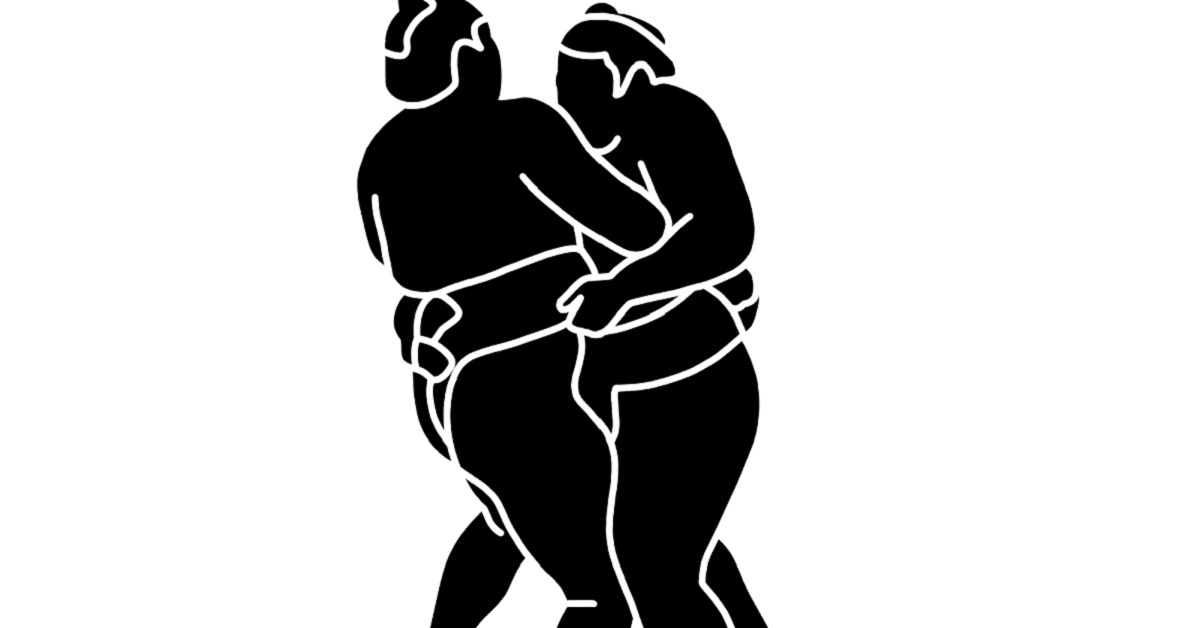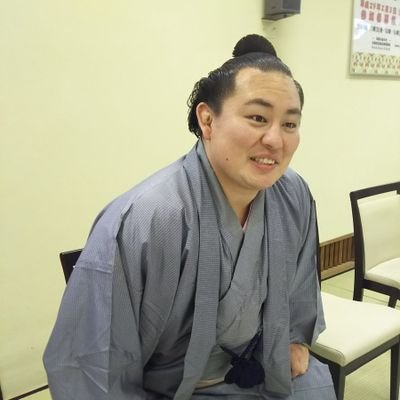Yoritaoshi is one of the most iconic and fundamental techniques in sumo, where a wrestler drives the opponent backward and topples them with continuous forward pressure. It looks simple, but in reality, it requires precise timing, perfect balance, and full-body coordination. Understanding yoritaoshi allows you to see sumo not just as a contest of strength, but as a refined martial art combining strategy, rhythm, and respect.
- Basic Movements and Body Mechanics
- Grip and Power Transmission
- Controlling Posture and Center of Gravity
- Match Strategy and Timing
- Common Mistakes and How to Fix Them
- Training Methods and Improvement Tips
- Etiquette and Safety
- How to Appreciate Yoritaoshi as a Spectator
- Body Conditioning and Training Mindset
- Conclusion
Basic Movements and Body Mechanics
Success in yoritaoshi depends on a seamless connection between the legs, hips, and arms. The hips must stay low and stable while the back is slightly rounded to project power forward. If the upper body rises, energy is lost and the wrestler risks being countered.
Particular attention should be paid to hip height and footwork — keeping the hips slightly lower than the opponent’s makes one more stable and harder to push back.
| Movement | Key Focus | Purpose |
|---|---|---|
| Tachi-ai (initial clash) | Stay low and make quick contact | Break the opponent’s stance |
| Forward drive | Lower the hips and advance | Maintain balance and power flow |
| Edge control | Sync breathing and adjust angle | Trigger the opponent’s fall |
In yoritaoshi, the key mindset is not to “push” but to “break balance.” The goal is to move the opponent using the whole body rather than relying on arm strength.
Grip and Power Transmission
The outcome of yoritaoshi often depends on grip. The placement of hands on the opponent’s mawashi (belt) and the degree of chest contact determine how efficiently power is transferred.
| Grip Type | Feature | Advantageous Situation |
|---|---|---|
| Migi-yotsu (right inside grip) | Right hand inside, left pushing | Best for right-dominant wrestlers |
| Hidari-yotsu (left inside grip) | Left hand inside, right pushing | Ideal for left-dominant wrestlers |
| Moro-zashi (double inside) | Both hands inside | Enables total control |
Grabbing too deep on the mawashi limits movement. Ideally, the grip should align with hip level. Focus on channeling power from the hips through the torso to the arms for efficient energy transfer.
Controlling Posture and Center of Gravity
The most critical element of yoritaoshi is maintaining balance. If your center of gravity leans too far forward, you risk being pulled down; too far back, and you lose pushing power.
Distribute your weight evenly across the soles of your feet and keep your knees soft. Lowering your hips and slightly rounding your back helps direct energy forward.
If your opponent resists, stay flexible — rigidity leads to defeat. Practice stepping drills that teach how to keep your center steady while advancing.
Match Strategy and Timing
Yoritaoshi is all about timing. The ideal moment to strike is when the opponent pauses or their center of gravity rises.
Breathing rhythm and movement must align, allowing you to sense when to push decisively.
| Situation | Strategic Focus | Desired Outcome |
|---|---|---|
| Opponent retreats | Keep forward pressure | Yoritaoshi finish |
| Opponent lifts torso | Drive upward from below | Transition to oshidashi |
| Opponent circles away | Pivot using hips | Counter with tsukiotoshi |
Yoritaoshi is a blend of power and patience. Reading the opponent calmly gives you the window to secure victory.
Common Mistakes and How to Fix Them
Beginners often rely too much on their arms. This halts the body’s flow of power and causes loss of stability. Another frequent error is lifting the hips too high, reducing leverage.
The solution is to develop a sense of whole-body movement centered on the hips. Push the floor with your legs, slide your hips forward, and let your arms act as bridges that transmit energy.
| Mistake | Cause | Correction |
|---|---|---|
| Only pushing with arms | No leg power involved | Engage hips and legs |
| Hips too high | Center of gravity too elevated | Keep knees bent, hips low |
| Forcing the push | Irregular breathing | Pause and restore rhythm |
Training Methods and Improvement Tips
Yoritaoshi is built through repetition and awareness of form. The best progress comes from slow, focused practice that builds muscle memory.
| Drill | Purpose | Training Focus |
|---|---|---|
| Basic stepping | Learn weight transfer | Press through entire foot |
| Close-contact pushing | Develop power flow | Use the back and core |
| Edge control drill | Refine the finish | Master timing of relaxed force |
During training, keep attention on rhythm and breathing. Differentiating between moments of power and moments of release allows the body to move fluidly.
Etiquette and Safety
Sumo is not just about strength — it is a sport of respect and discipline. Bowing before and after stepping onto the dohyo, showing gratitude to your opponent, and maintaining composure in victory or defeat are all essential.
Safety is equally vital. Never push recklessly, and stop immediately if balance is lost. Respect your own limits and those of your training partner. These habits protect both body and spirit, allowing long-term progress in sumo.
How to Appreciate Yoritaoshi as a Spectator
To truly enjoy watching yoritaoshi, focus on the wrestler’s hip level, footwork, and breath control. Just before the final push, there is often a moment of stillness — the calm before the storm. That brief silence, followed by decisive movement, is the essence of sumo.
| Observation Point | Why It Matters | How to Enjoy It |
|---|---|---|
| Hip height | Lower hips mean stronger base | Observe core stability |
| Foot movement | Continuous drive ensures power | Compare movement rhythms |
| Breathing sync | Perfect timing enhances technique | Feel the contrast of calm and power |
Body Conditioning and Training Mindset
To master yoritaoshi, a wrestler must develop strength, flexibility, and core stability. Building a solid foundation in the lower body prevents being pushed back.
| Exercise | Target Area | Effect |
|---|---|---|
| Squats | Thighs, glutes | Maintain low, stable hips |
| Lunges | Hips, balance | Improve forward drive |
| Plank | Core | Smooth transition between pushing and toppling |
Equally important is training to stay upright when pressured. Learn how to relax and redirect force rather than resist it. Patience and precision are the real paths to mastering yoritaoshi. Through mindful repetition, you can internalize the technique’s rhythm and flow — this is the true essence of the art.
Conclusion
Yoritaoshi is far more than a show of strength. It is a technical and mental art that requires coordination, timing, and composure. When the legs, hips, and arms move as one and the opponent’s balance is felt intuitively, a perfect yoritaoshi emerges.
The beauty of sumo lies not only in the final result but in every moment leading to it. Understanding yoritaoshi means understanding the soul of sumo itself — a blend of discipline, respect, and harmony between body and spirit.





コメント